Why does my generator keep tripping?
Few situations are as frustrating as a generator that repeatedly trips and shuts down, especially during a critical power outage. This common issue not only disrupts your power supply but can also indicate underlying problems that need immediate attention. Understanding the root causes of persistent generator tripping is essential for restoring reliable operation and protecting your equipment from potential damage. This comprehensive guide examines the primary reasons behind this problem and provides actionable solutions to help you achieve stable power generation.

Overload Conditions
The most frequent cause of generator tripping is simple overload. This occurs when the total electrical demand exceeds the generator's rated capacity.
Simultaneous Appliance Operation: Starting multiple high-wattage appliances simultaneously (air conditioner, water heater, electric oven) can create a power surge that triggers protective shutdown.
Motor Starting Current: Electric motors in refrigerators, pumps, and compressors require 3-5 times their running wattage during startup, creating temporary overloads.
Solution: Conduct a load calculation to ensure your generator is properly sized. Implement load sequencing for high-demand equipment and consider upgrading to a larger unit if necessary.
Short Circuit Issues
A short circuit represents a more serious electrical fault where current takes an unintended path of low resistance, causing a massive current surge.
Damaged Wiring: Frayed, pinched, or aged insulation can cause live wires to contact each other or grounded surfaces.
Faulty Appliances: Internal component failure in connected devices can create short circuits.
Solution: Disconnect all loads and attempt to restart the generator. If it remains stable, reconnect devices one by one to identify the faulty appliance. Inspect all power cords and distribution panels for damage.
Ground Fault Problems
Ground faults occur when a live conductor accidentally contacts a grounded surface, creating a dangerous situation that immediately triggers protection systems.
Moisture Infiltration: Water entering electrical components, outlets, or connection points provides a path to ground.
Equipment Deterioration: Worn insulation or compromised housing in tools and appliances can cause ground faults.
Solution: Use GFCI outlets in damp locations. Keep all electrical connections dry and elevated. Test equipment regularly for insulation integrity. Persistent generator tripping from ground faults requires professional electrical inspection.
Generator-Specific Faults
Sometimes the problem originates within the generator itself, not the connected loads.
Low Oil Pressure: Most generators have automatic shutdown systems that activate when oil pressure drops below safe operating levels.
High Engine Temperature: Inadequate cooling from clogged radiators, low coolant, or faulty water pumps can cause overheating shutdowns.
Voltage Regulation Issues: Unstable output voltage, either too high or too low, will trigger protective circuits.
Solution: Check oil levels and coolant regularly. Clean cooling systems and ensure proper ventilation. Have a qualified technician test voltage regulation components.
Automatic Transfer Switch (ATS) Malfunctions
For standby generators, the automatic transfer switch can be the source of tripping incidents.
Contact Welding: Internal contacts that fuse together can cause improper switching operations.
Control Circuit Failure: Electronic components within the ATS can malfunction and send incorrect signals.
Solution: Regular testing and maintenance of the ATS is crucial. Have a certified technician inspect the transfer switch annually to ensure proper operation and prevent unnecessary generator tripping.
Fuel System Problems
Inadequate or contaminated fuel supply can cause engine performance issues that manifest as electrical tripping.
Fuel Contamination: Water, sediment, or microbial growth in fuel can restrict flow and cause engine stumbling under load.
Clogged Filters: Restricted fuel filters prevent adequate fuel delivery during high-demand situations.
Solution: Implement regular fuel polishing and filter replacement schedules. Use fuel stabilizers and maintain clean fuel storage practices to ensure consistent generator performance.
Conclusion
Persistent generator tripping serves as an important warning that should never be ignored. Whether caused by simple overload, electrical faults, or internal generator issues, each tripping incident indicates that your system requires attention. Methodical troubleshooting—starting with load management and progressing to mechanical and electrical inspection—will typically identify the root cause. Regular preventive maintenance remains your best defense against unexpected shutdowns and ensures your generator will provide reliable power when you need it most.
Our technical support team has extensive experience diagnosing and resolving generator tripping issues across all makes and models. For professional assistance, please contact our experts at skala@whjlmech.com.
References
IEEE Power & Energy Society. (2017). IEEE Recommended Practice for Emergency and Standby Power Systems for Industrial and Commercial Applications. IEEE Std 446-2017.
National Fire Protection Association. (2020). Standard for Emergency and Standby Power Systems (NFPA 110).
Generator Manufacturers Association. (2021). Technical Guide to Generator Protection Systems. GMA Publication TP-207.
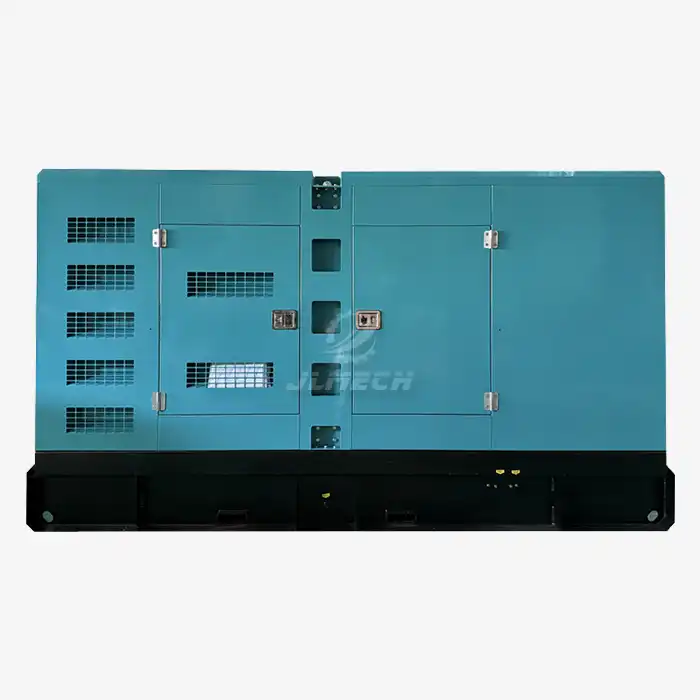 VIEW MOREAgricultural diesel
VIEW MOREAgricultural diesel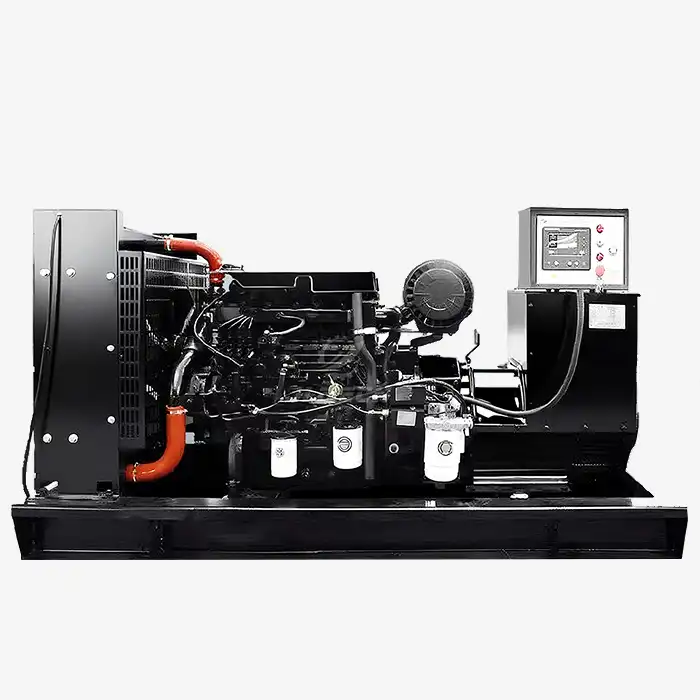 VIEW MOREEmergency diesel unit
VIEW MOREEmergency diesel unit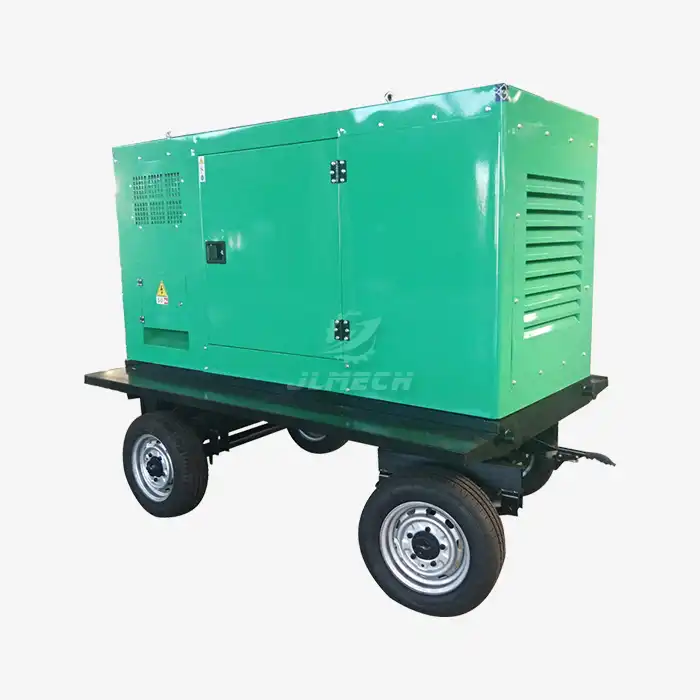 VIEW MORE300KW Mobile Generator Set for Mining Engineering
VIEW MORE300KW Mobile Generator Set for Mining Engineering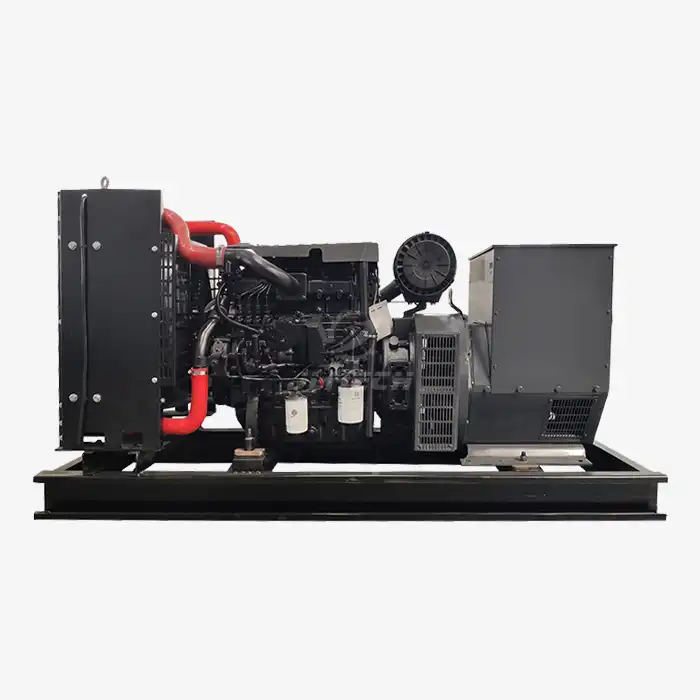 VIEW MORE60Hz industrial diesel generator
VIEW MORE60Hz industrial diesel generator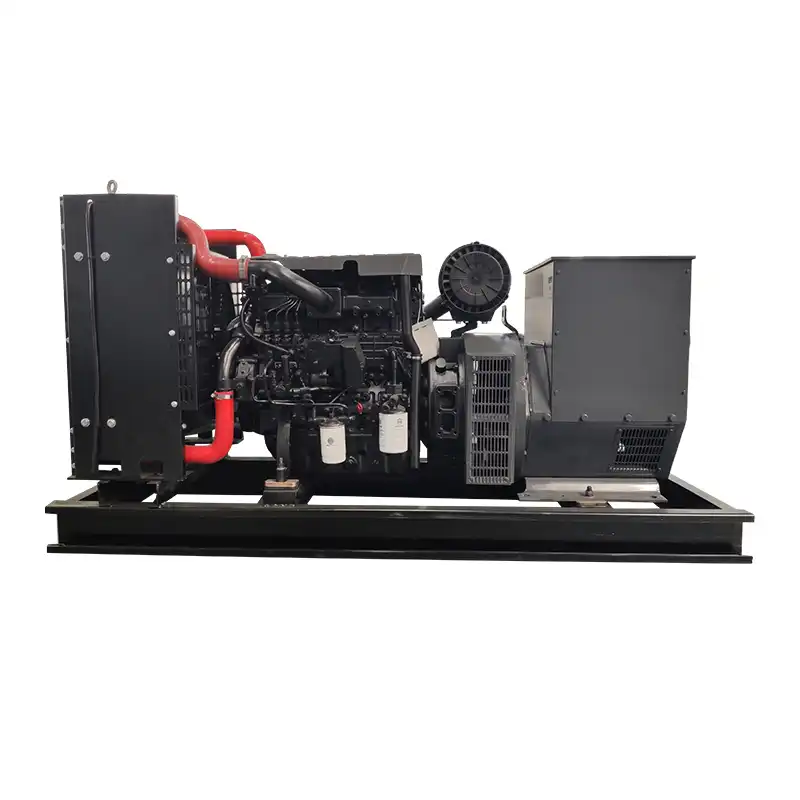 VIEW MOREEmergency generator unit
VIEW MOREEmergency generator unit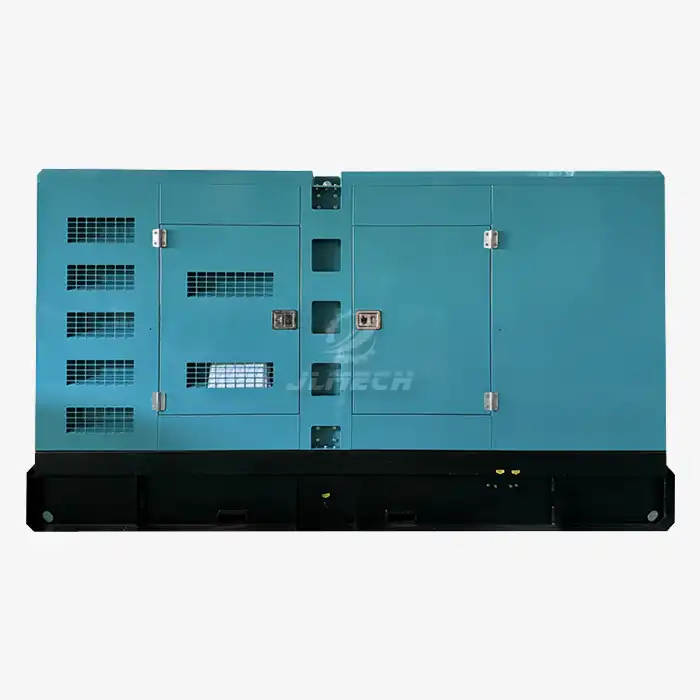 VIEW MOREOutdoor application diesel generator
VIEW MOREOutdoor application diesel generator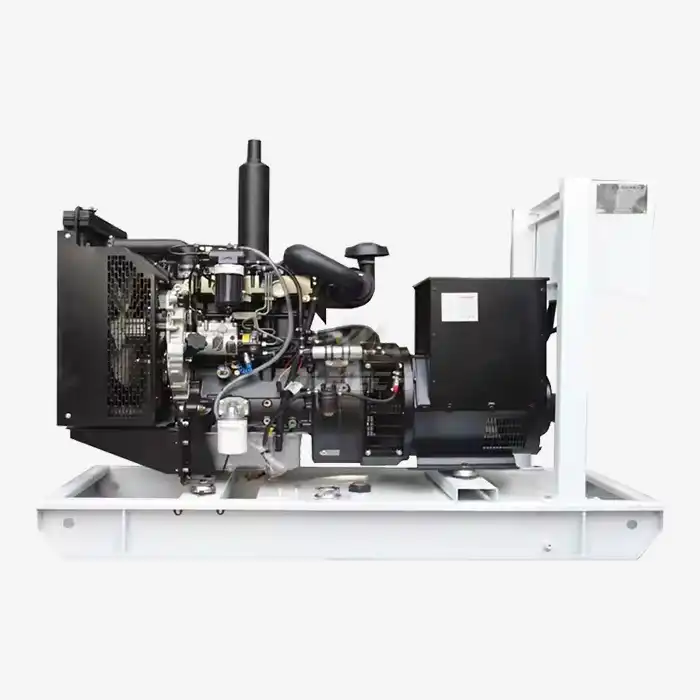 VIEW MOREQuick-Start Generator
VIEW MOREQuick-Start Generator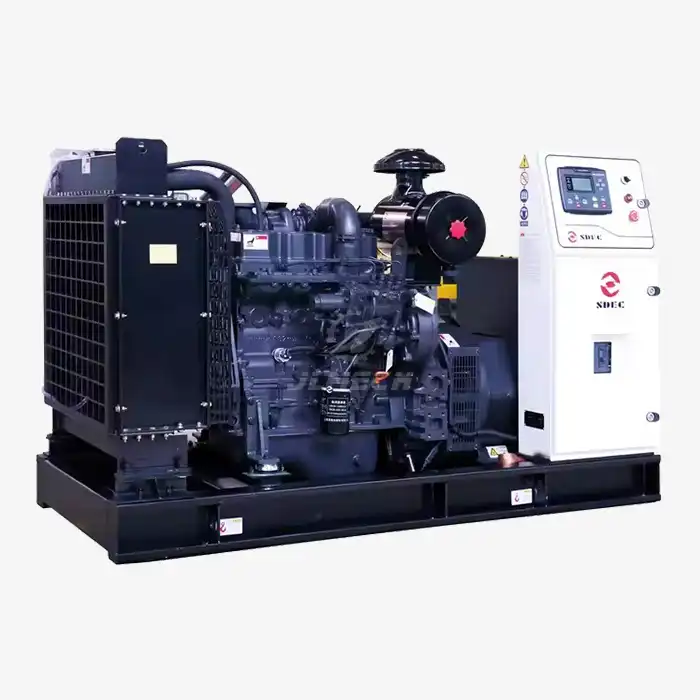 VIEW MOREshangchai diesel generator 50KW
VIEW MOREshangchai diesel generator 50KW



